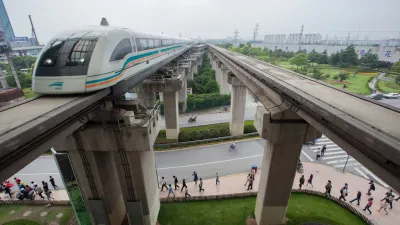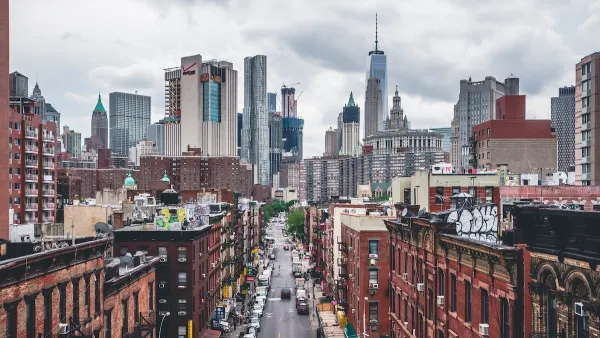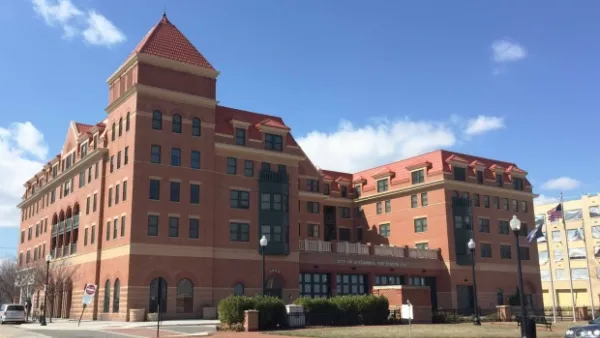Cities are growing faster than you can say megalopolis. But as populations around the world shift to urban areas, cities are also focal points for global challenges—water, energy, health. MIT is working to address these issues.

More than half the world lives in cities, and by 2050, it will be two-thirds. In China alone, 300 million people will move to the city within the next 15 years, and to serve them, China must build the equivalent of the entire built infrastructure of the United States by 2028.
Beyond the basic needs from housing to jobs, how do we enjoy the benefits of the city—like cafes, art galleries, restaurants, cultural facilities—without the traffic, crowding, crime, pollution, and disease?
Dozens of MIT faculty are now working to figure it out. The winter issue of MIT’s publication, Spectrvm, showcases MIT researchers who are making cities more livable, efficient, and sustainable.
FULL STORY: MIT Spectrum

National Parks Layoffs Will Cause Communities to Lose Billions
Thousands of essential park workers were laid off this week, just before the busy spring break season.

Retro-silient?: America’s First “Eco-burb,” The Woodlands Turns 50
A master-planned community north of Houston offers lessons on green infrastructure and resilient design, but falls short of its founder’s lofty affordability and walkability goals.

Delivering for America Plan Will Downgrade Mail Service in at Least 49.5 Percent of Zip Codes
Republican and Democrat lawmakers criticize the plan for its disproportionate negative impact on rural communities.

Test News Post 1
This is a summary

Test News Headline 46
Test for the image on the front page.

Balancing Bombs and Butterflies: How the National Guard Protects a Rare Species
The National Guard at Fort Indiantown Gap uses GIS technology and land management strategies to balance military training with conservation efforts, ensuring the survival of the rare eastern regal fritillary butterfly.
Urban Design for Planners 1: Software Tools
This six-course series explores essential urban design concepts using open source software and equips planners with the tools they need to participate fully in the urban design process.
Planning for Universal Design
Learn the tools for implementing Universal Design in planning regulations.
EMC Planning Group, Inc.
Planetizen
Planetizen
Mpact (formerly Rail~Volution)
Great Falls Development Authority, Inc.
HUDs Office of Policy Development and Research
NYU Wagner Graduate School of Public Service





























